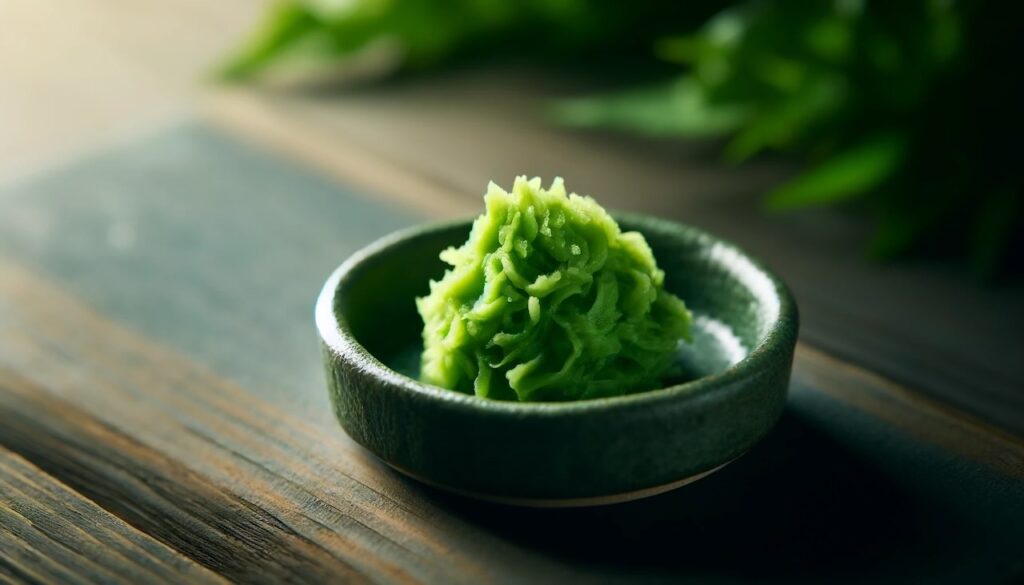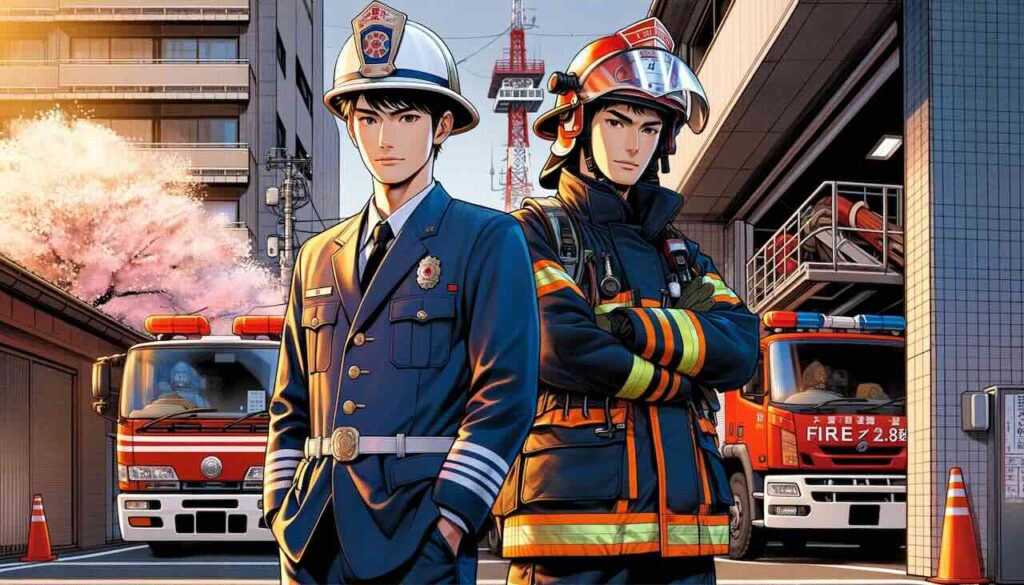While Japan is renowned for its cutting-edge technology and vibrant pop culture, some of its most enduring treasures are much simpler. Among these is the spinning top, or koma (独楽), a traditional toy that reflects both Japan’s deep cultural roots and humanity’s universal love of play. From ancient origins to global popularity, the Japanese spinning top has captivated generations with its elegant design, skill-based play, and enduring charm.
The Ancient Origins of Spinning Tops: A Global Phenomenon
The idea of spinning an object for entertainment is nearly as old as civilization itself:
- Ancient Mesopotamia and Egypt (around 2000 BCE): Early clay and wooden tops have been discovered by archaeologists.
- India’s Mahabharata (around 1000 BCE): The epic poem mentions spinning tops as children’s toys.
- Ancient Greece and Rome: Similar toys called strombos and turbo were enjoyed.
- China’s Tang Dynasty (618–907 CE): Many historians believe the more advanced spinning top forms, including those using strings, emerged here.
Remarkably, these early tops evolved independently across cultures, showing how universal the joy of spinning objects has always been.
The Arrival of Spinning Tops in Japan
The spinning top is believed to have arrived in Japan during the Heian period (794–1185 CE), likely introduced through cultural exchanges with China or Korea.
- Known as “koma”, it initially became popular among Japan’s aristocracy.
- The spinning top is referenced in classic Heian literature such as “The Pillow Book” (Makura no Sōshi) and “The Tale of Genji” (Genji Monogatari), highlighting its early role in elite pastimes.
The Edo Period: A Golden Age for Koma
During the Edo period (1603–1868 CE), spinning tops transformed into a true folk art:
- Skilled artisans crafted tops from wood, lacquerware, and occasionally metal, using regional woods like zelkova and paulownia.
- Vibrant hand-painted designs often depicted good luck symbols, animals, or seasonal motifs.
- Advances in spinning techniques allowed tops to spin longer and with greater stability.
- Koma became widely accessible, shifting from noble entertainment to a beloved pastime for children and adults alike.
The Many Types of Japanese Spinning Tops
Japan’s rich tradition has produced a wide variety of spinning tops, each with its own unique method of play:
| Type | Description |
|---|---|
| Te-mawashi koma (手回し独楽) | Spun directly by hand |
| Himo-koma (紐独楽) | Spun by pulling a string wrapped around the top |
| Beigoma (ベーゴマ) | Small metal tops flicked with a snap of the fingers |
| Koma-nage (独楽投げ) | Tops thrown with force at a target for competition |
Materials range from traditional wood and ceramic to modern plastic and metal. Even today, Beigoma battles remain a popular form of nostalgic competition in parts of Japan.
The Cultural Significance of Koma
Beyond entertainment, spinning tops have long been valued for developing:
- Concentration and patience: Mastering spin technique requires careful hand coordination.
- Creativity: Artisans and players often personalize designs and tricks.
- Mindfulness: The rhythmic spinning offers a calming, meditative quality.
In Japanese New Year celebrations, koma are sometimes given to children as symbols of good luck and steady progress, their spinning representing the continuity of life’s journey.
From Japan to the World: Global Spread of Koma
By the 17th century, Japan’s unique versions of spinning tops began spreading beyond its shores:
- Dutch traders brought Japanese tops to Europe during early international trade.
- The toy became known as “top” or “totum” in Europe and gained popularity throughout the 18th and 19th centuries.
- In the post-WWII era, Japanese-made toys, including spinning tops, were exported globally, fueling international interest.
- In 2015, the art of koma spinning was recognized as part of Japan’s UNESCO Intangible Cultural Heritage, honoring its cultural importance.
Discover Traditional Japanese Koma on Amazon
Koma in the Modern World
Though technology has given rise to countless electronic toys, the simple joy of watching a koma spin endures:
- Koma competitions and exhibitions continue to draw enthusiasts across Japan.
- Craft workshops teach younger generations how to carve and paint their own tops.
- Modern versions, such as Beyblade, are loosely inspired by traditional koma, showing how ancient play still influences global toy trends.
In an increasingly fast-paced, digital world, the spinning top offers a return to mindfulness, skill, and tradition — a quiet reminder of simpler joys that transcend time and culture.
Summary
From its ancient origins to its deeply rooted place in Japanese culture, the koma embodies the timeless human fascination with motion and balance. Whether handcrafted by artisans, spun during New Year’s festivities, or displayed as folk art, the Japanese spinning top continues to capture hearts worldwide. In its elegant simplicity, koma reminds us that even the humblest toys can carry rich stories, lasting skills, and enduring beauty across generations.


